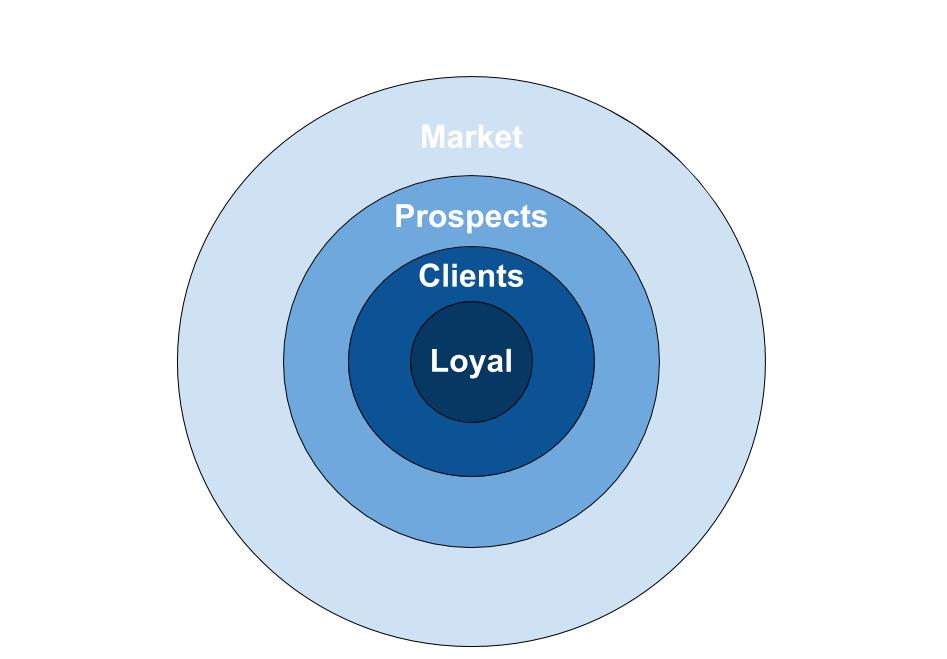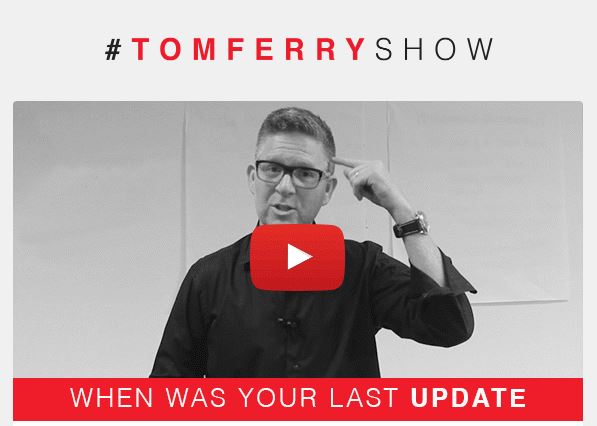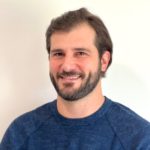Effective marketers are not pragmatists nor big dreamers; they’re something in between. In my previous post we discussed how identifying user phases, and assigning tactics to them would free us up to concentrate our efforts on our hottest prospects. Now let’s apply that mentality to a much higher level task of getting shit done.
Of the pragmatists, and dreamers I’m most certainly the latter. I hate work sheets, filling in metrics, and anything that feels less than striving towards the highest level of achievement. People like myself often hate goal setting, because it can actually feel like we’re placing limits on our dreams. (I didn’t steal that from a facebook meme I swear)
Even the most pragmatic of marketers can struggle with creating goals, because it can quickly turn into this really annoying conversation about what the goal is, how it’s going to be measured, and oh look 6 hours of my day just disappeared.
The gained benefit of setting a goal is not the goal itself; it’s how it makes us think about getting there.
Even when you can’t agree on the exact details of what the right goal should be, and your mentality is to “shoot for the moon” don’t put your strategy in the trash by avoiding the conversation altogether. Those limits that goals can impose on big dreams are a great thing, because they force us to choose. It also makes that marketing process you’ve been doing forever come into question by asking “is this achieving our goal?”
By setting goals we commit to creating a strategy to get there. This keeps us in check from doing things just because we “feel” like it might help/won’t hurt, and wasting our time. The successful agents I meet have a few things in common…
- They have goals for the year, quarter, themselves, and their team set.
- They don’t try everything. They do a handful of things that work really well.
- They track their metrics towards their goals, and make adjustments once things have truly proven themselves to not be effective or in-effective. (Hint this requires more patience than you think you have. testing something brand new for 30 days doesn’t really cut it.)
- They carefully try new things in addition to their proven plan for success, and often decide to not do one tactic anymore to make room for another.
It’s almost 2017! Sit down create some goals, and most importantly choose your strategy to achieve them in the most efficient manner possible.
TL;DR
- Setting goals puts you in a position to select one strategy vs the other.
- Not having goals opens the door for anything to be a good idea.
- Goals sometimes feel like limits, but they can push you to think bigger.





Recent Comments